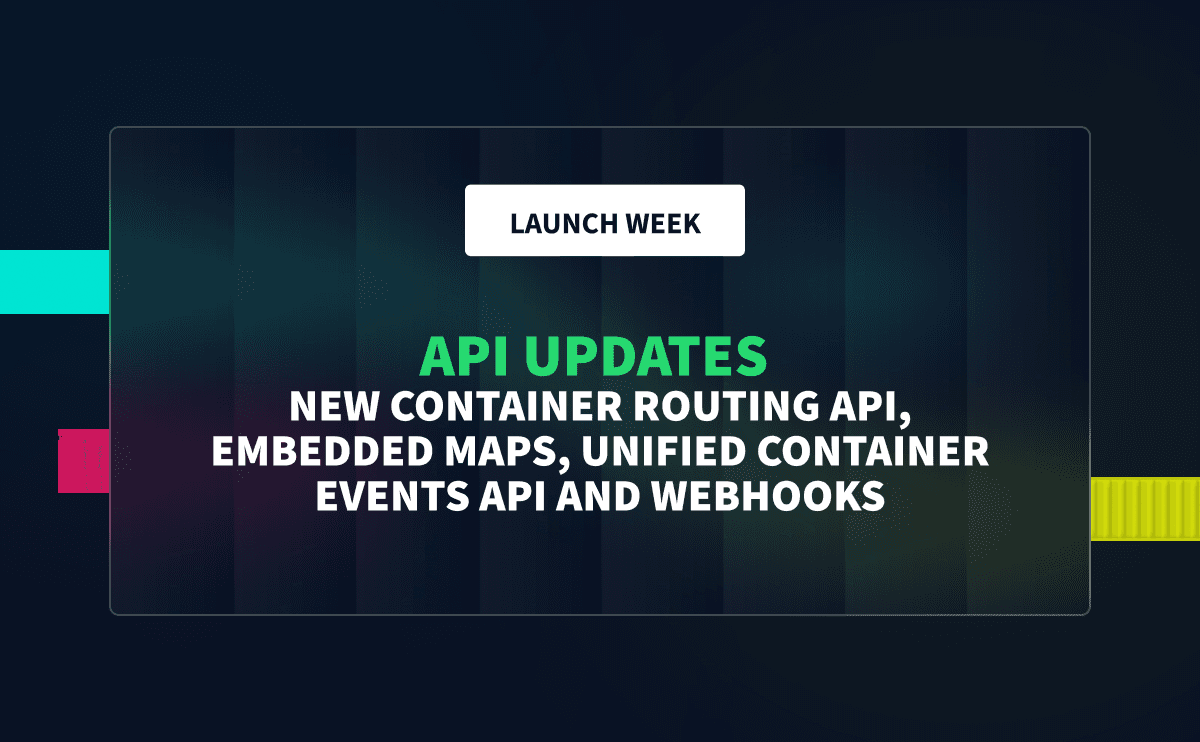A bill of lading (BL or BoL) is a document provided to a shipper that details the type of goods, the quantity, and the destination for goods being shipped. One bill of lading covers one shipment (which can range from a single palate to several containers). The BoL accompanies the shipment across the entire supply chain, no matter the form of transportation. BoL’s are signed by authorized representatives from the carrier, the shipper and the receiver. They act as a title or a contract that represents the agreed-upon terms for the transportation of the goods. Most importantly, a bill of lading serves as a receipt for shipped goods once they arrived at their final destination.
Every major ocean cargo company follows the ISO-6346 International standard, which identifies shipping containers used for intermodal freight transport. Each company’s proprietary tracking systems provide information for where ships are on the water, what their last port was and what the ETA for the next port is. This type of ocean tracking is an important first step in supply chain visibility - because delays on the water create delays elsewhere in the supply chain.
The good news is - tracking information for cargo ships is available directly from the carrier. The bad news is – ocean tracking alone doesn’t provide the full picture. It can also be cumbersome & time-consuming for customers to track dozens of containers from different carriers.
In today’s world, the supply chain backlog doesn’t stop at the water’s edge. Delays at the port are exacerbated by trucking delays and they’re made worse by warehouses that are at, or close to full capacity. Warehouse rents have increased by more than 30% in several U.S. markets, as vacancies below 1% are common. It’s now harder than ever to synchronize the “ship, warehouse, and truck” aspects of the supply chain.
This is where an information aggregator like Terminal49 adds significant value to the supply chain. Terminal49’s software platform can access more than 97% of all Global Container Traffic – to provide status updates from all major steamship lines and every port & terminal in the USA. Terminal49 also works with numerous trucking companies to extend visibility beyond the water’s edge.
Customers can use a bill of lading to track shipments via Terminal49’s “Delivered” section.

In addition to identifying proof of delivery, this also provides a number of data elements, including:
· B/L Number - Master bill of lading number
· Ref # - Internal customer reference number
· Origin - Terminal / pick up location
· Destination - Delivery location
· Customer - Customer name
· Steamship Line - Steamship line and vessel name
· Container Number
· Container Type - Container size & type
· Container Status - Status information is updated automatically
· Delivered Date - Date container was confirmed as delivered
· Trucker Assigned - Dispatched trucker
At a time when most supply chain analysts and almost everyone involved in the transportation industry thinks it will take several months (if not longer) to clear up the current backlogs, information becomes more valuable than ever. The visibility provided by Terminal49 helps customers make timely decisions that can minimize unplanned expenses, manage customer expectations - and perhaps most importantly - gain peace of mind via confirmed delivery notifications when a bill of lading is signed by the receiver. To learn more or to start tracking containers today, visit: https://app.terminal49.com/register.






